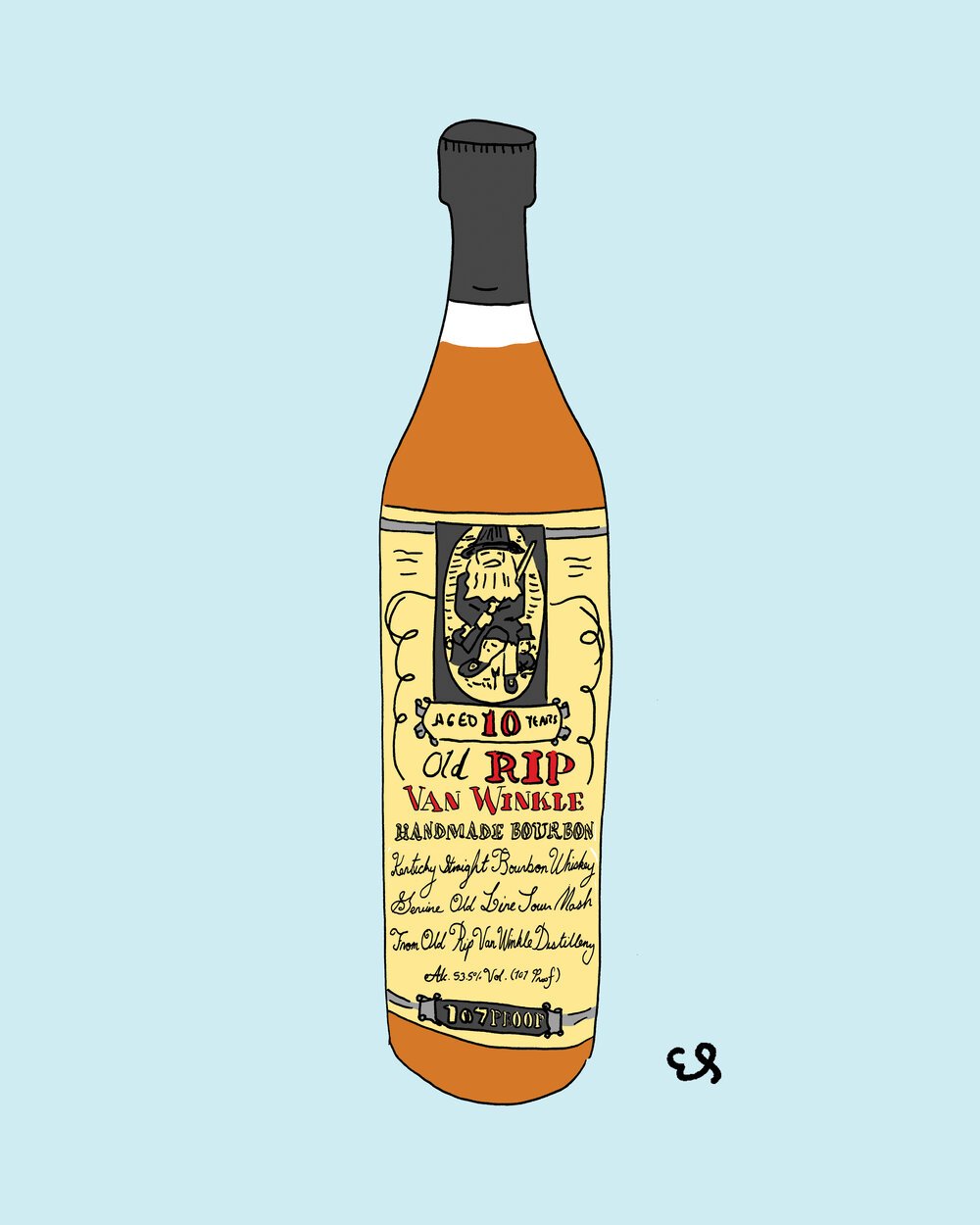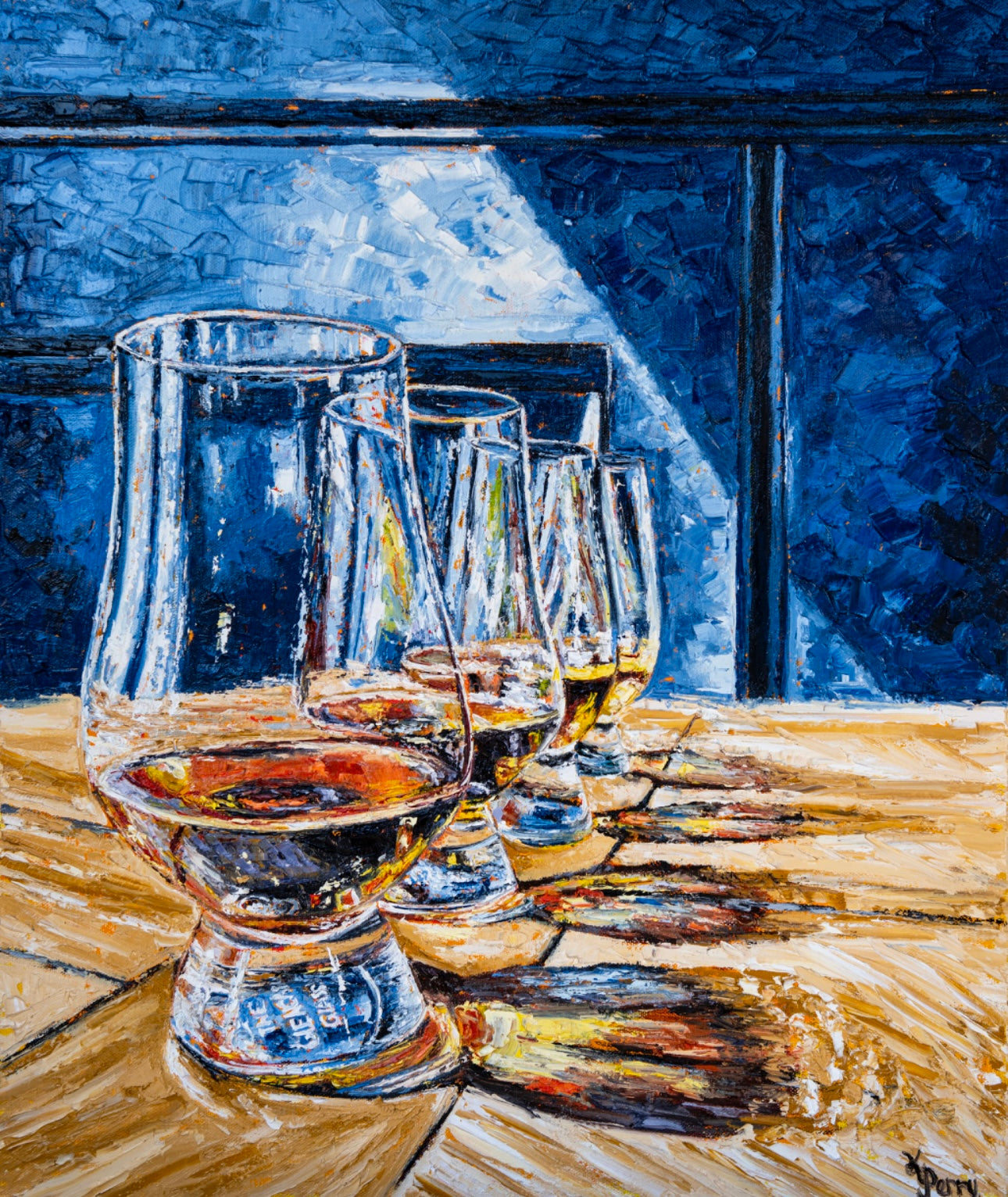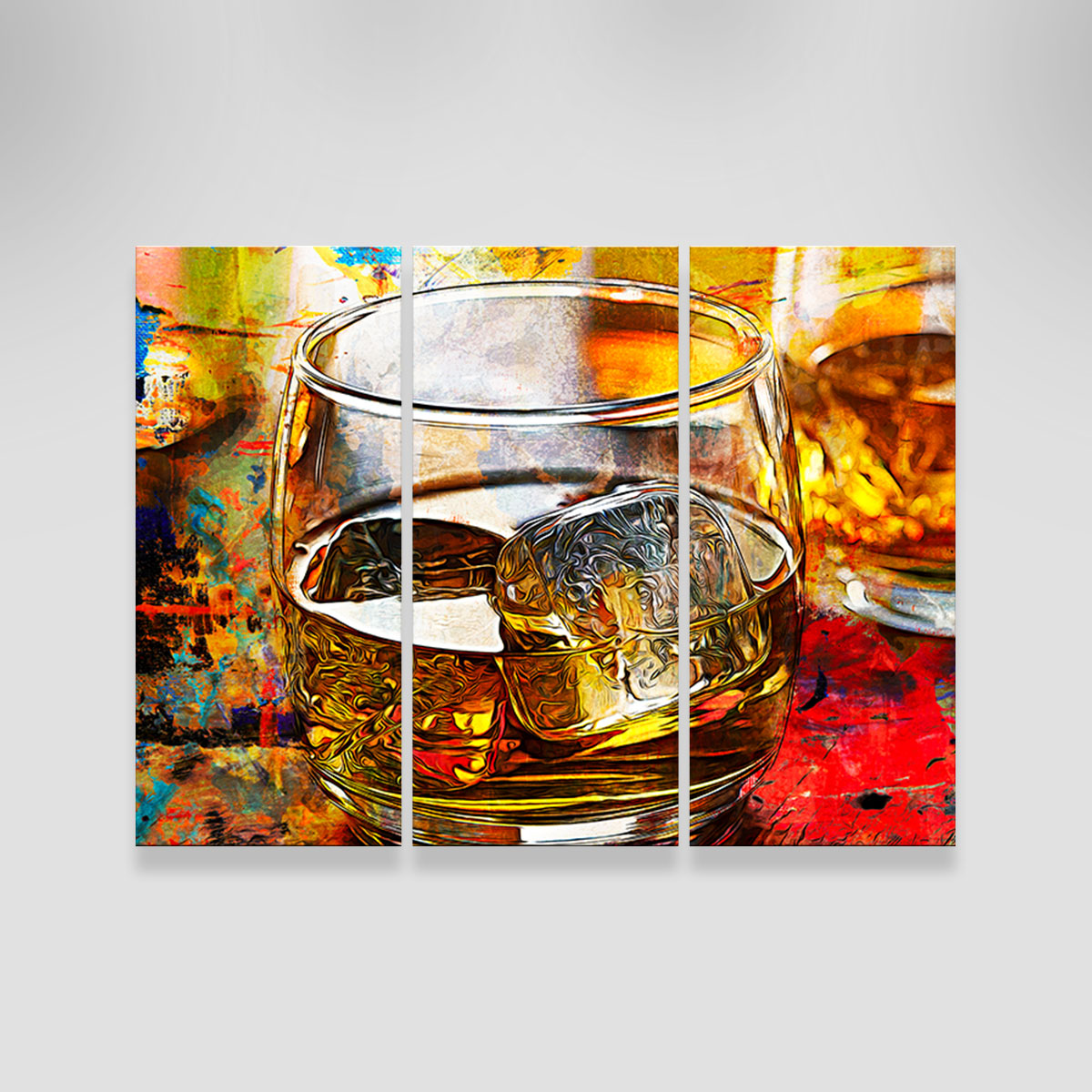Revealing the Appeal of Bourbon Art: A Tribute to Craft Distillers
Revealing the Appeal of Bourbon Art: A Tribute to Craft Distillers
Blog Article
The Significance of Whiskey Art in Celebrating Heritage and Workmanship in the Beverage Sector
The complex relationship in between bourbon art and the celebration of heritage and craftsmanship within the beverage sector can not be overemphasized. With thoughtfully developed bottles and labels, bourbon brands envelop their historical roots and the artisanal skills that define their manufacturing methods.
The Historical Origins of Whiskey
At the heart of whiskey's allure lies a rich tapestry of historical roots that map back to ancient people. The origins of bourbon can be connected to the purification methods of the Sumerians and Babylonians around 2000 BCE, where very early kinds of fermented grain beverages began to emerge. It was in the Middle Ages that the art of purification progressed substantially, particularly in Ireland and Scotland, leading to the development of bourbon as we understand it today.
The term "whiskey" itself originates from the Gaelic word "uisce beatha," meaning "water of life." This expression underscores the cultural relevance of whiskey in Celtic societies, where it was often related to rituals, events, and public bonding. By the 15th century, distillation came to be an identified craft within monastic neighborhoods, leading the way for the establishment of legal distilleries.
As profession courses increased, whiskey's appeal expanded, going beyond local borders and capturing the rate of interest of lovers worldwide. Realism Art. This historic journey mirrors not only the workmanship behind whiskey manufacturing but additionally its essential role in cultural and social contexts, marking it as a substantial drink throughout history
Artistic Expression in Branding
Scotch branding stands as an engaging crossway of virtuosity and commerce, where aesthetic identity plays an essential duty fit consumer assumption. The looks of bourbon labels, product packaging, and advertising materials show not only the brand's tale but additionally its core worths and heritage. With creative expression, distilleries share a story that reverberates with customers, stimulating emotions and sparking connections.
The usage of color, typography, and images in branding offers to set apart items in a saturated market. As an example, conventional motifs may evoke a sense of credibility and workmanship, while contemporary styles can symbolize innovation and forward-thinking. This critical creative direction boosts brand name recognition and commitment, enabling consumers to create a personal partnership with the whiskey they choose.
In addition, creative expression in branding typically functions as an event of local heritage. Distilleries often integrate neighborhood icons or historical referrals right into their layouts, creating a local color that invites consumers to take part in a broader social experience. Inevitably, the creativity behind scotch branding not just boosts visual charm however also enhances the general story of the brand name, promoting a deeper gratitude for the workmanship and heritage embedded in each container.
Craftsmanship in Bottle Style
The artistry obvious in scotch branding expands past aesthetic identity to encompass the craftsmanship associated with container design. Each bottle offers as a vessel not simply for the spirit within, but likewise for the story it tells about its custom, origin, and quality. The style procedure needs thorough attention to detail, as elements his comment is here such as material, shape, and closure contribute considerably to the total understanding of the bourbon.
Workmanship in container layout involves selecting top quality glass that can enhance the bourbon's color and clarity, while likewise giving a responsive experience for the customer. The shape of the bottle need to be both aesthetically appealing and practical, commonly showing the heritage of the brand name. Several distilleries select one-of-a-kind shapes or printed logo designs that evoke a feeling of credibility and history.
In addition, the label design and typography play a crucial function in interacting go to the website the brand name's narrative. Bourbon Art. A well-crafted container not just astounds the consumer's eye yet additionally enhances the brand name's commitment to top quality and tradition. By doing this, the workmanship of bottle style becomes a crucial aspect of the whiskey experience, combining artistry with a profound respect for heritage
Cultural Relevance of Scotch Art
Commemorating custom and craftsmanship, the social importance of scotch art goes beyond mere aesthetics, linking with the social and historic narratives of the areas where it stems. Each bottle acts as a canvas, illustrating the unique tales, mythology, and customs that have actually shaped local whiskey-making methods. The detailed layouts usually show the heritage of the distillers, incorporating signs and motifs that resonate with the culture and values of their neighborhoods.

On top of that, whiskey art plays an essential function in common gatherings and parties, offering as a concrete link between people and their shared experiences. By valuing the virtuosity in scotch product packaging, consumers grow a much deeper understanding and regard for the craft, eventually enhancing their enjoyment of the drink itself.
Modern Trends in Bourbon Discussion
In current years, the discussion of scotch has evolved to mirror modern preferences and fads while still recognizing typical craftsmanship - Realism Art. Distilleries are significantly concentrating on aesthetic elements that improve the overall alcohol consumption experience, bridging the gap in between heritage and modernity
Ingenious container styles have arised, commonly integrating sustainable products and imaginative tags that tell compelling stories. Many brands now team up with local artists, infusing their products with one-of-a-kind visual expressions that resonate with consumers. Furthermore, limited-edition launches are often packaged in collectible containers, adding value and allure for connoisseurs.

Final Thought
To conclude, whiskey art offers as an important channel for revealing the heritage and craftsmanship fundamental in the drink market. Through complex branding, cutting-edge container designs, and culturally substantial imaginative components, scotch brands successfully recognize their practices and get in touch with customers. This artistic story not only raises the gratitude of bourbon however also strengthens community identity and satisfaction among manufacturers. Inevitably, whiskey art plays index an essential function in preserving and celebrating the rich social tapestry of whiskey-making.


Workmanship in bottle design entails picking top quality glass that can boost the scotch's color and clarity, while additionally providing a tactile experience for the customer. In this means, the craftsmanship of bottle design ends up being a crucial element of the bourbon experience, merging virtuosity with an extensive regard for heritage.
In final thought, whiskey art serves as a crucial conduit for revealing the heritage and workmanship inherent in the beverage sector.
Report this page